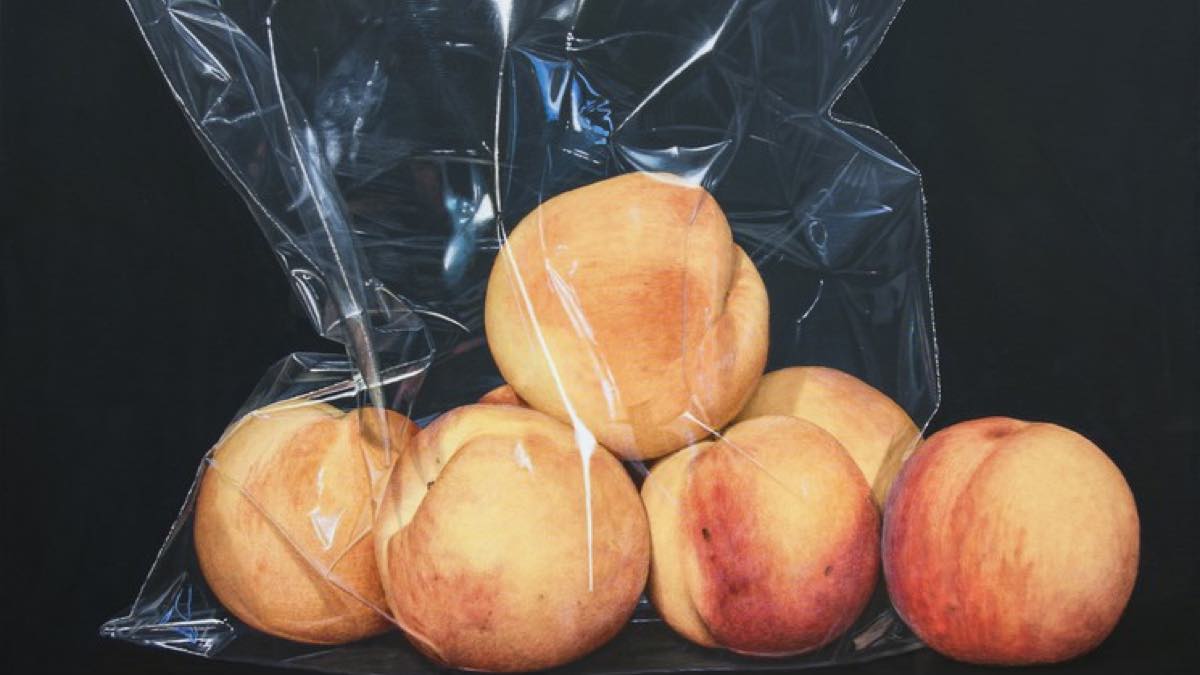
8 Emerging Black Figurative Artists You Should Know
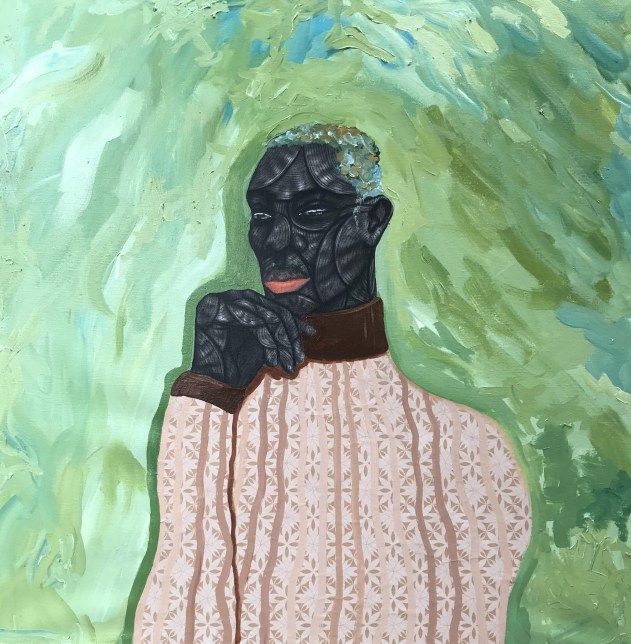
Figurative art reflects the realness of life. It is an age old truth that art is used as a means to better understand the world around us. The creation of art exists as a physical tool that enables the acquisition of truth. We visit museums and galleries to get a glimpse of the portraits that appear to engage with us through their gaze. When we look at these portraits of seemingly real people, we can’t help but look back out at ourselves. Here, Artsper presents 8 examples of Black figurative artist at the forefront of this style of art.

A new dawn for figurative art
Rather than being a defined art movement, figurative art is more of a style or artistic choice. Figurative art, sometimes called figurativism, describes works of art, especially paintings and sculptures, that clearly draw from sources of real objects and are therefore, by definition, representational. In its most well-known examples, figurative art is synonymous with human figure painting.
The reflectionary and illuminatory nature of art is especially strong in figurative art. A sea of Black figurative artists are emerging out of this art movement as the deserving-of-recognition, talents of the future. Historically, it has been rare for members of the BIPOC community to see themselves represented in these paintings (or rather, those that are widely promoted). However, this is beginning to change, as contemporary artists such as Enfant Précoce / Francis Essoua Kalu, Éric Odartey and many others are at the forefront of the genre. The increased visibility of Black figurative painters has led to a shift in the narrative around painting and identity, and has given more artists the opportunity to present their work in places where they were previously excluded.
Importantly, many younger and lesser-known Black artists are now focusing on figurative painting, ensuring the longevity and richness of this flourishing tradition while building upon it its foundations. Here we present eight such artists, each offering a fresh and reflective take on the painting of the human form.
1. Éric Odartey
Eric Odartey Cruickshank, known professionally as “lines being”, is a versatile and self-taught artist born in Ghana at the turn of the millenium. He aims to preserve and project black identity through the use of lines in his artwork. Furthering an ancestral belief in the strong relationship between linear drawings and the human figure, Odartey presents figurative representations of the figure in a style that salutes his heritage.

2. Betty Acquah
Betty Acquah is one of Accra’s most famous female painters. Through her figurative painting she investigates the experience of Ghanaian women. Her work features the subject matters of the trials, ambitions, celebrations and successes of ordinary but inspirational women. Acquah’s style is synonymous with pointillism and a vibrant color palette. A fervent supporter of the trials of women in her native country and worldwide, Betty Acquah uses the depiction of figurative portraiture as a tool to embolden her fellow women. Within her artistry, Acquah is able to evoke the message that women are the unsung heroines of the Ghanaian Republic.

3. Moke fils
Of Congolese origins, Moke fils incorporates humorous scenes evoking daily life in Kinshasa within his canvases. His caricature-esque scenes present the chaotic and colorful cacophony that is Congolese life, all at the same time. Where others see stress, discord and noise, Moke sees an opportunity to present art as a figuration of real life.
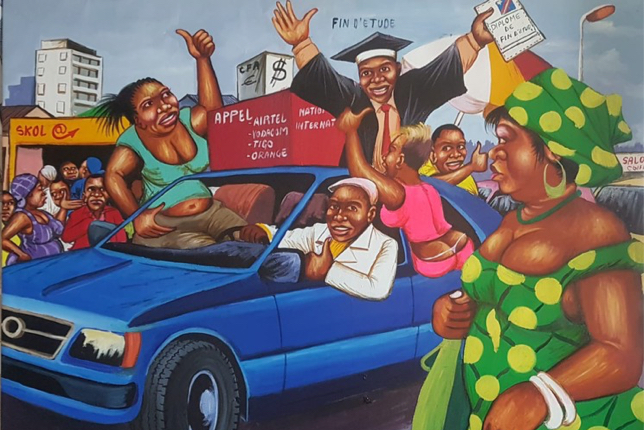
4. Gatien Mabounga
Gatien Mabounga, first trained in bookbinding, discovered his true passion for embossing leather and gilding 40 years ago. It was in this field that he started to feel inspired through creating leather mosaics. Having witnessed success in his early artistic projects, Mabounga turned his attention towards painting, in particular that of the figurative style. A lover of a variety of mediums, Gatien Mabounga has been known to incorporate felt, canvas, wooden panels, paper and rope into his work. According to the artist, drawing is at the heart of his work.

5. Tiemar Tegene
Tiemar Tegene of Ethiopian heritage, received a BFA in printmaking at AAU Alle school of fine Art and design university in 2009 E.C. She uses a variety of printmaking techniques however the method of etching is her preference. She is interested in the relationships that exist between people: those of societal configuration, those of unconscious boundaries that are present in our psyche. The people who appear in her works are nameless; they are tributes to the disappeared, the rejected, those who are considered “collateral damage”, the “disenfranchised”; they are figures, victims, statistics. Tegene, through her figurative art, casts a light on the forgotten peoples in our world that are deliberately wiped from our consciousness. Her figurative painting is as real as it gets.
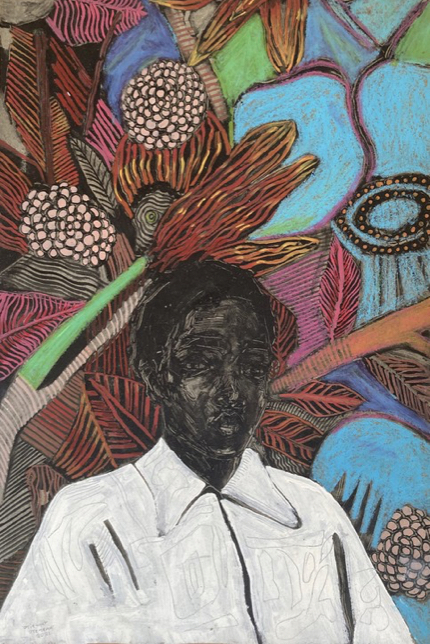
6. Joy Labinjo
Artist Joy Labinjo’s work explores different aspects of the African diaspora and pays homage to her British-Nigerian identity. Believing it to be crucial to try to explore her dual heritage through art, Labinjo finds in figurative painting the perfect outlet to explore such questions of identity. Not necessarily just herself but for a wider audience of people in the African diaspora, she paints to provide some sort of ideological consolidation in her nuanced artwork.
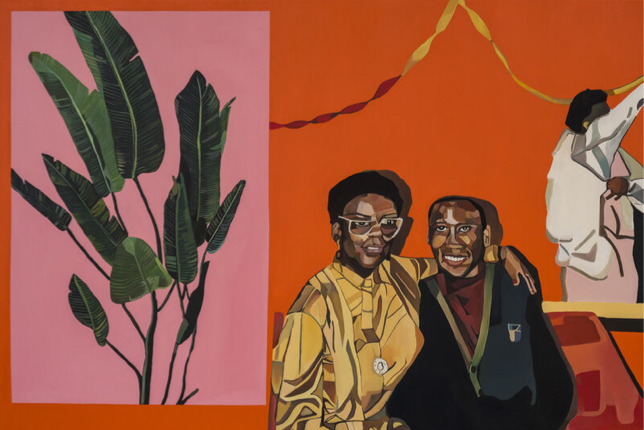
7. Kudzanai-Violet Hwami
Kudzanai Violet Hwami’s powerful paintings feature tender portraits of black subjects depicted with wild, abstract brushstrokes and layered collage elements. Born in Zimbabwe, she now works and lives in London. Kudzanai-Violet Hwami’s paintings offer personal insights into upbringing on the African continent. Many of her paintings depict individuals in whimsical settings, with abstract shapes and blocks of color floating in the scene. These works seem to blend surrealism and reality, collage and painting. Through figurative painting, Kudzanai-Violet Hwami is able to transcend into an imaginary world beyond our own.

8. Gerald Lovell
American Gerald Lovell paints intimate scenes of Black subjects in thickly impastoed splotches of oil. His portraits feature a heightened sense of materiality, which highlights the texture of his subjects’ skin. His hyper-real style places a strong sense of importance upon color.

In order for the art market to diversify and further in its mission to full inclusivity, we must raise and champion the voices and artistry of emerging Black creatives. This is just the beginning of an increasingly exciting chapter in particular in figurative art. Discover more work by Black figurative artists and other emerging Black creatives on Artsper!
You might also like…

About Artsper
Founded in 2013, Artsper is an online marketplace for contemporary art. Partnering with 1,800 professional art galleries around the world, it makes discovering and acquiring art accessible to all.
Learn more

















